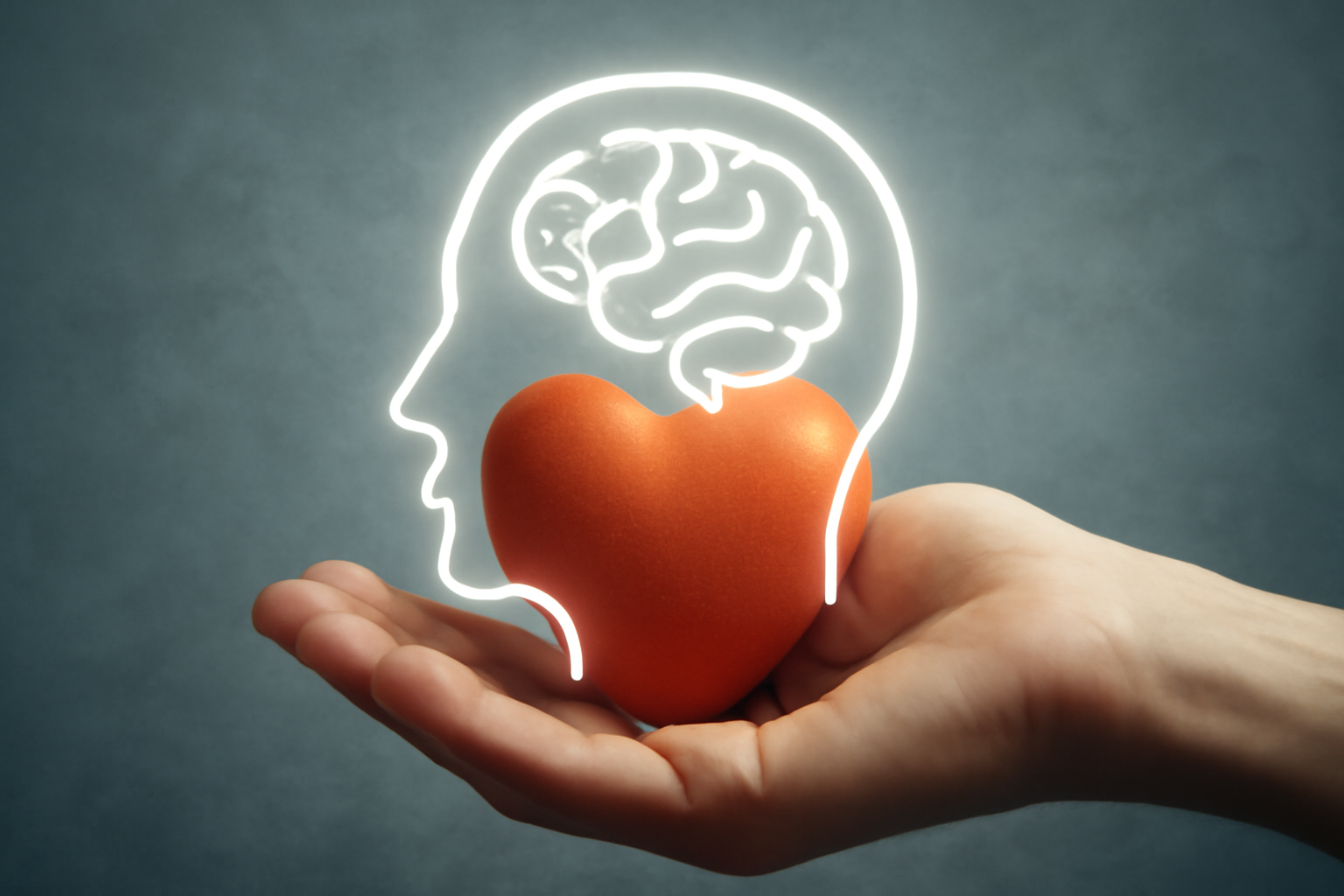Emotion regulation is the set of skills we use to influence which feelings we have, when we have them, and how we experience and express them.
Distress tolerance refers to the ability to endure strong emotional or physical distress and still act in ways that are safe and effective.
Grounding techniques are simple, purposeful practices designed to bring us back to the present moment when stress or distress makes it feel calmer.
Visualization distills large data sets into shapes, lines, and colors that the brain can compare, contrast, and remember. It reveals patterns and insights.
Guided imagery is a mind-body technique that uses the imagination to create calming, sensory experiences, activating the body’s relaxation response.
The goal isn’t to erase every sensation but to increase your awareness of tension and to train your body to unwind more readily.
Understanding breathing exercises isn’t just about finding calm in the moment. It’s a practical skill that shapes how our bodies respond to stress.
Relaxation techniques aim to shift the body toward the parasympathetic state, the relaxation response. It shifts the nervous system toward safety.
Bloglumair2025-08-17T21:51:40+00:00









